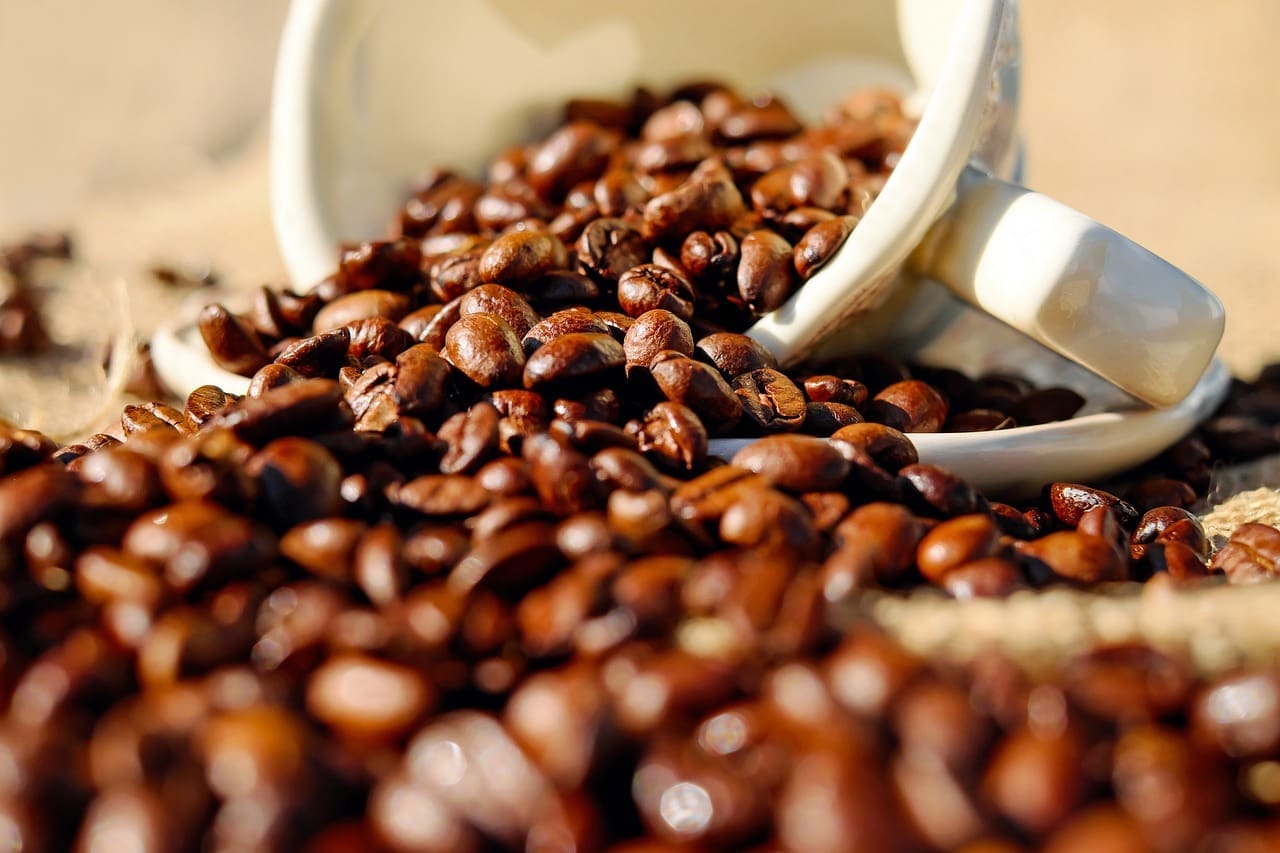DIY Coffee Blends: Create Your Own Signature Brew
Coffee is not just a drink; it’s an experience that can be tailored to your unique tastes. Crafting your own coffee blend allows you to explore different flavors and aromas, creating a signature brew that’s entirely your own. Whether you’re a coffee aficionado or a casual drinker, making DIY coffee blends can be a fun and rewarding endeavor. Here’s how to get started!
1. Understand the Basics of Coffee Beans
Before you start blending, it’s essential to know the different types of coffee beans:
- Arabica: Known for its smooth, mild flavor and higher acidity. It’s the most popular type of coffee bean.
- Robusta: Stronger and more bitter, with a higher caffeine content. It adds body and a crema to espresso.
- Liberica: Rare and unique, with a distinct fruity flavor. This bean is not commonly used in blends but can add a special touch.
- Excelsa: Often used in blends for its tart, fruity flavors and complexity.
Experimenting with these beans will give your blend a diverse flavor profile.
2. Choose Your Flavor Profile
Decide what flavor notes you want to highlight in your blend. Common flavor categories include:
- Fruity: Bright, citrusy, or berry notes. Best achieved with lighter roasts of Arabica.
- Nutty: Almonds or hazelnuts add warmth and comfort to your brew.
- Chocolatey: Dark, rich flavors often found in medium to dark roasts.
- Spicy: Notes of cinnamon or cardamom can create an intriguing depth.
Consider how these flavors interact and what kind of experience you want to create with your coffee.
3. Select Your Beans
Once you have a flavor profile in mind, select beans that fit those notes. Here are some pairing suggestions:
- For a Fruity Blend: Combine light-roasted Ethiopian Arabica with a hint of Brazilian coffee for sweetness.
- For a Nutty Blend: Mix Colombian coffee with a bit of Sumatra for a smooth, nutty finish.
- For a Chocolatey Blend: Combine a medium-roast Guatemalan coffee with a dark roast from Brazil for rich, deep flavors.
- For a Spicy Blend: Try mixing a light roast from Kenya with an earthy Sumatran coffee to create an exciting balance.
4. Experiment with Ratios
Start with small batches to find the right balance. A common starting ratio is:
- 70% of your primary bean (the dominant flavor)
- 30% of your secondary bean (to add depth)
Adjust these percentages based on your taste preferences. Keep notes on each blend you create, including the types of beans and their ratios, so you can replicate or tweak your favorites.
5. Roasting Your Beans (Optional)
If you’re feeling adventurous, consider roasting your own beans. Green coffee beans can be roasted at home using a stovetop, an air popper, or a dedicated coffee roaster. Experiment with different roast levels—light, medium, or dark—to find the perfect flavor for your blend.
6. Grind and Brew
Once you’ve mixed your blend, it’s time to grind and brew. Use a burr grinder for a consistent grind size, which is crucial for optimal extraction. Adjust the grind size based on your brewing method:
- Coarse for French press
- Medium for drip coffee
- Fine for espresso
Brew your coffee using your preferred method, and take notes on the flavor profile. Adjust your blend as necessary based on your tasting experience.
7. Refine and Share
After tasting your first blend, consider what you like and what you might change. Don’t hesitate to experiment further! Share your creations with friends and family, and encourage them to create their own blends as well. Hosting a coffee tasting can be a fun way to explore different flavors and enjoy the social aspect of coffee.
Conclusion
Creating your own DIY coffee blends is an enjoyable and creative way to personalize your coffee experience. By understanding the basics of coffee beans, selecting complementary flavors, and experimenting with different ratios, you can craft a signature brew that reflects your taste. So gather your beans, start blending, and enjoy the journey of discovering your perfect cup!








